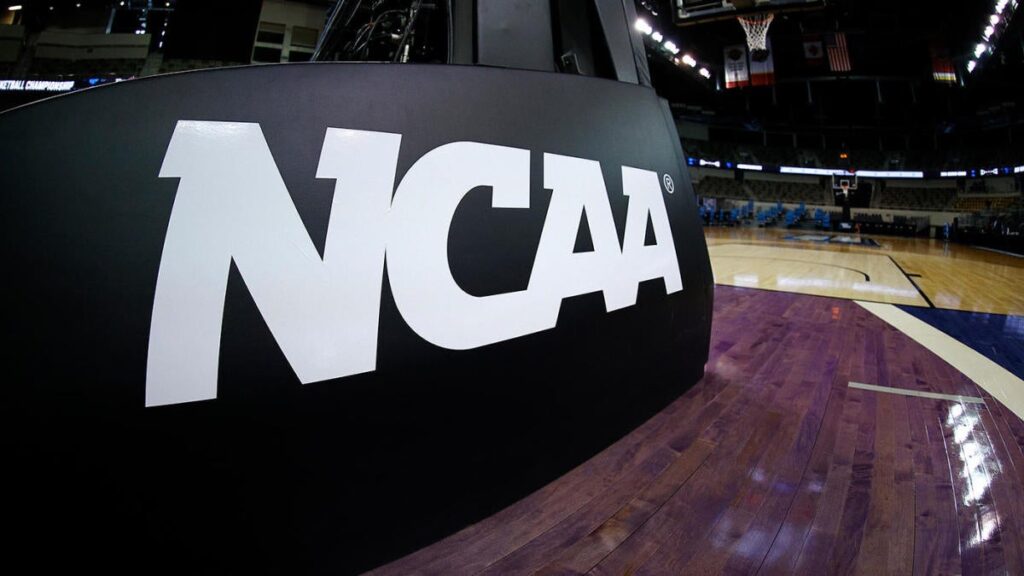Judge Claudia Wilken approved the House v. NCAA settlement late Friday, ending three federal lawsuits that alleged the NCAA was illegally limiting the earning power of student-athletes in college. CBS Sports’ John Talty has a nice piece on it. My favorite line is his last.
“There’s never been a better time to be a lawyer with an interest in college sports.”
Yeah, that’s where this is headed.
What happened Friday night in California is significant, no doubt. But anybody describing it as a solution to the issues ailing college athletics simply lacks an understanding of the history of NCAA sports and exactly what will and won’t be allowed moving forward.
The end of chaos?
Nah.
It’ll just be a different kind of chaos that leads to more legal threats and billable hours than you can wrap your mind around. Plus, high-level cheating will return. Oh, we’re back baby! Illegal cash-deals are on tap.
The biggest winners and losers from House v. NCAA settlement: Amateurism is dead and the class divide grows
John Talty
Before I explain why, let’s go over the basics.
This settlement will allow schools to start directly paying athletes — for the first time ever — next month with an expected salary cap of roughly $20.5 million. That’s $20.5 million for all sports to be distributed however each school sees fit. Additionally, all future NIL deals between boosters/collectives and athletes will be vetted by a new entity designed to ensure they’re for valid business purposes and not merely the kind of recruiting incentives that have been flying around the country in recent years.
That paragraph is littered with problems.
Let’s start with the salary cap. Simply put, that won’t work as intended.
As Matt Norlander and I have discussed many times on the Eye On College Basketball Podcast, the most obvious problem with a salary cap for entire athletic departments is that all athletic departments don’t have football rosters to purchase. In other words, at a place like Alabama, the school is expected to devote the majority of that $20.5 million to football, leaving relatively little for other sports, most notably men’s basketball. Meantime, at a place like St. John’s, where there is no football, the overwhelming majority of that $20.5 million could be spent however Hall of Fame basketball coach Rick Pitino sees fit.
Now, let’s be real.
Do you actually think a SEC school with millions tied up in football is going to concede a recruiting battle in basketball to a Big East program sans football because, you know, the money just isn’t in the budget, according to the rules? LOL. When it comes to that, not all basketball staffs, but certainly lots, will simply do what they’ve always done, i.e., find a way to get the player even if it requires circumventing the rules.
Again, this weekend, cheating returned to college sports.
It’s inevitable.
Every Power Four conference employs a coach who has violated one recruiting rule or another. If you think they won’t do it again, when required, you’re silly. And now every time a player picks a school with little known-money left in the budget over a school that’s reportedly offering much more, fans of the program on the wrong end will assume something happened in violation of the rules and beg for an investigation.
We lived that life for decades. Who really wanted that again?
And don’t even get me started on the document Power Four conferences are circulating that’s intended to force schools to play by the rules or face serious consequences. Among other things, schools are being asked to forfeit their right to legally challenge the new enforcement entity on any and all decisions. Reportedly, schools that refuse to sign the document could face expulsion from their conferences.
Please.
All it will take for this goofy idea to fail is one powerful school — like, say, Texas or Ohio State — declining to sign it, at which point other powerful schools will say, “If they’re not signing it, we’re not signing it.”
Then what?
Do you really think the SEC is going to expel Texas? Do you really think the Big Ten is going to expel Ohio State? Do you really think the television networks paying billions to those leagues would allow it?
Please.
Now, to NIL.
According to the settlement, a new thing called the NIL Go clearinghouse will be charged with approving future NIL deals to ensure they are within a “reasonable range of compensation based on multiple factors.”
I look forward to the word “reasonable” appearing in court.
Don’t ever forget how we got here — specifically by the NCAA being sued repeatedly for illegally limiting the earning power of student-athletes. So what do you think is going to happen when a school with serious softball ambitions like Texas Tech offers a NIL deal worth more than a million dollars to the next NiJaree Canaday? Let me tell you. NIL Go will likely deem the deal “unreasonable” for obvious reasons and void it. Then everybody will be back in court based on the idea that, once again, a student-athlete’s earning power is being illegally limited.
Rinse and repeat.
Last month, people connected to NIL Go told ACC officials that more than 70% of current NIL deals with booster collectives would have been denied according to the new rules. That suggests NIL Go will frequently be in the business of telling student-athletes they cannot take what somebody is willing to give them, and not every student-athlete is going to accept that decision without pursuing legal action.
The end of chaos?
Hahaha. No way!
Buddy, trust me when I tell you, this is only the beginning.
Read the full article here


